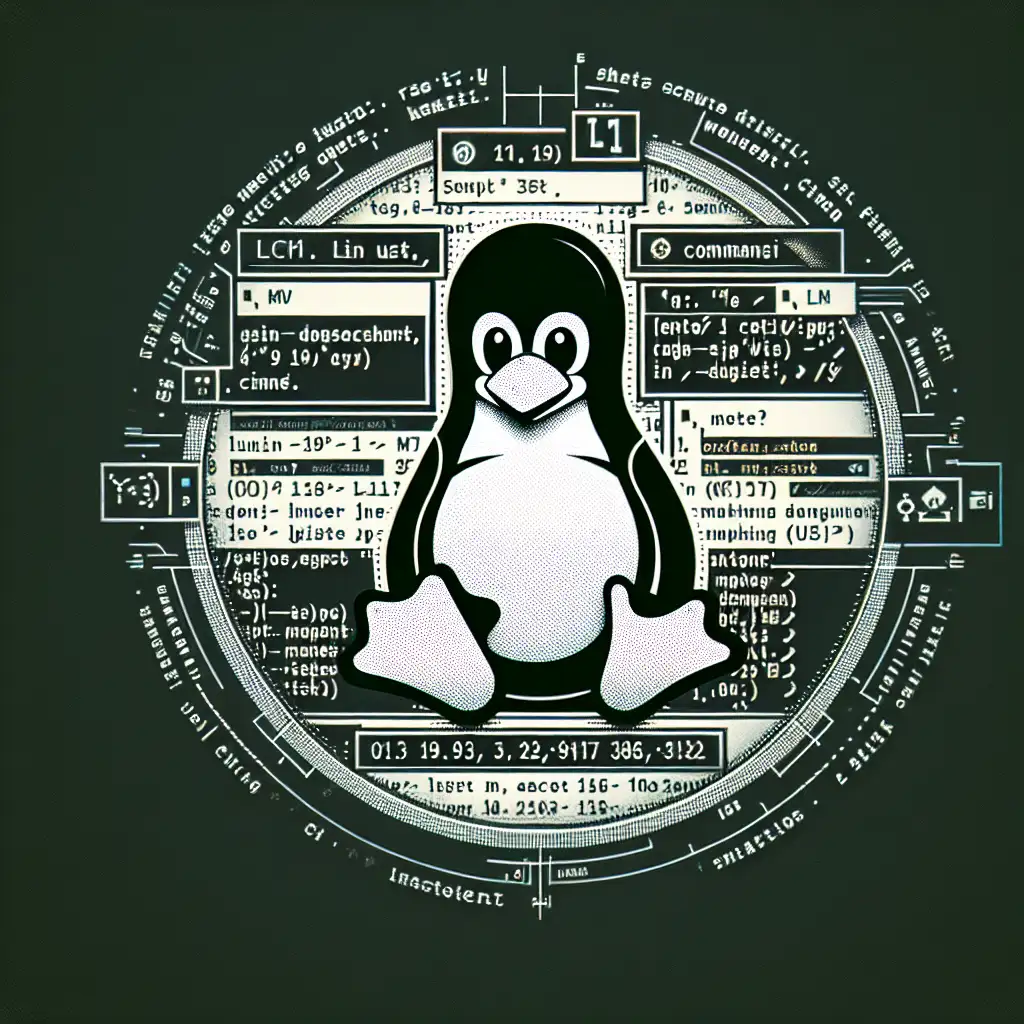Mastering the 'mv' Command: Efficient and Safe File Moves in Linux
Misusing mv can quietly overwrite production logs or configurations—particularly when automating maintenance or deploying assets as a non-root user. Relying on muscle memory at the command line, especially during system updates or migrations, carries real risk.
The mv utility handles both file relocation and renaming on every standard Linux distribution, with POSIX compliance since coreutils 6.x. But finer details—interactive prompts, backup control, and batch operations—can prevent subtle but damaging errors.
When Overwrites Bite
Consider moving a generated archive to a shared backup volume:
mv latest.tar.gz /mnt/backup
If /mnt/backup/latest.tar.gz already exists, the default behavior is a silent, destructive overwrite. There’s no native trash bin for undo—unless your filesystem has snapshots or you've set up inotify-based alerts, that data is gone.
Standard output gives no confirmation unless an error occurs, as in the case of insufficient permissions:
mv: cannot move 'latest.tar.gz' to '/mnt/backup/latest.tar.gz': Permission denied
Options for Defensive Moves
Prompt Before Overwrite: -i (interactive)
Trigger a confirmation prompt on conflict:
mv -i critical.conf /etc/app/
Output:
mv: overwrite '/etc/app/critical.conf'? y
Note: Shell aliases (alias mv='mv -i' in .bashrc) make this default, but watch for scripts that rely on silent operation. It can break automation.
Non-Clobber: -n
Guarantee no destination file is touched:
mv -n *.log /data/archive/
With -n, files already present in /data/archive/ remain unmodified—no error, no prompt, no move.
Linux-Specific: --backup
Add backup suffixes on overwrite (GNU coreutils only):
mv --backup=numbered results.csv exports/
If exports/results.csv exists, it is renamed to results.csv.~1~, preserving previous versions. Useful during batch rotations.
Multi-File and Directory Moves
Bulk operations accelerate cleanup but increase risk.
mv src1.log src2.log src3.log /var/log/archive/
- If
/var/log/archive/is missing or a file, you’ll get:mv: target '/var/log/archive/' is not a directory
A common workaround: validate directory existence first:
[ -d /var/log/archive ] || mkdir /var/log/archive
mv *.log /var/log/archive/
This avoids spurious errors in CI jobs or maintenance scripts.
Renaming is a move within the same directory:
mv old_name.cfg new_name.cfg
To move and rename across directories, just specify absolute paths:
mv /tmp/migration/output.json /srv/data/input.json
Directory-Level Moves & Permissions
Moving entire directories is recursive by default:
mv /staging/config/2023-09/ /etc/app/config_backup/
Gotcha: If /etc/app/config_backup/2023-09/ exists, contents land inside it. If not, the folder is moved/renamed as a whole. Ownership and permissions must allow write in both the parent and destination directories; otherwise, expect:
mv: cannot move 'X' to 'Y': Permission denied
Automated jobs should always inspect return codes ($?) and log outputs.
Undo? Only with Snapshots
mv offers no "undo" flag. If you overwrite or move into the wrong place, recovery depends on your backup discipline—filesystem snapshots (e.g., via btrfs, LVM, or ZFS), regular rsync copies, or volume-level backups.
Best practice:
- Preview with
lsortreebefore moving bulk data. - For high-value directories, consider a pre-move
rsyncmirror.
Summary Table: Practical mv Scenarios
| Command | Function | Notes |
|---|---|---|
mv -i config.prod /etc/app/ | Prompt before overwriting config | Useful interactively |
mv -n *.bak /opt/backups/ | Batch move, skip files if already exist | Safe for automation |
mv --backup=numbered data.log /srv/data/ | Move with file version preservation | GNU only; adds .~N~ suffixes |
alias mv="mv -i" | Enforce prompt as default | Can break silent scripts |
mv dirA ~/.trash/ | Avoids rm for accidental deletions | Only helps if ~/.trash/ exists |
Non-Obvious Tip: Dry-Run Pattern
There's no built-in dry-run flag for mv, but you can get an execution preview with:
echo mv -i *.dat /archive/
This prints the intended operation—essential for double-checking glob expansions in cron jobs or maintenance scripts.
Note: Some shells expand globs differently. Always check on the actual system (bash 5.x vs. zsh or dash).
Final Thoughts
Relying on default mv behavior is asking for trouble, particularly under automation or with critical assets. Interactive prompts (-i), careful use of non-clobber (-n), and backup file creation are essential for operational stability. Filesystem-level rollback is your last line of defense—don’t count on it. Documentation and habits in command composition do more for uptime than any tool version.
Use mv intentionally—always with a clear understanding of what changes in the filesystem, and what vanishes forever.
